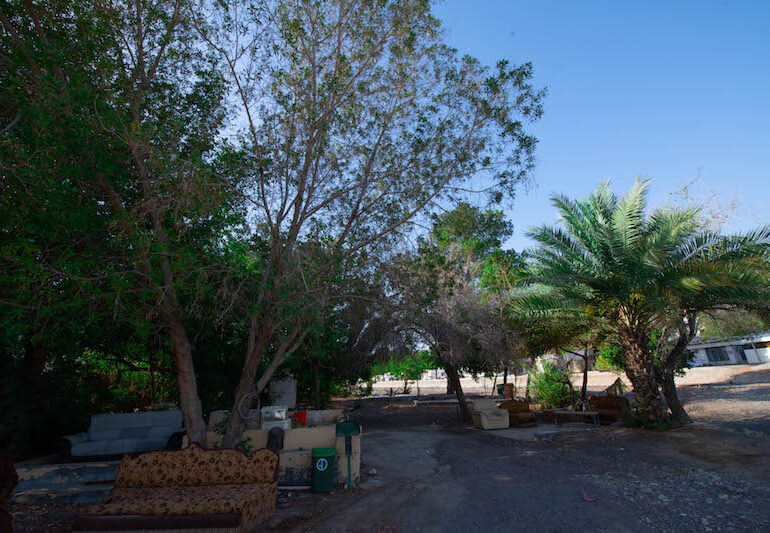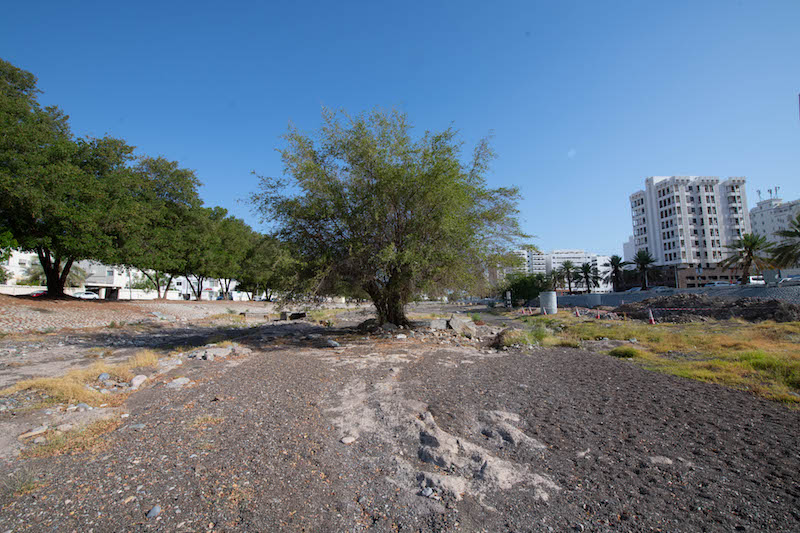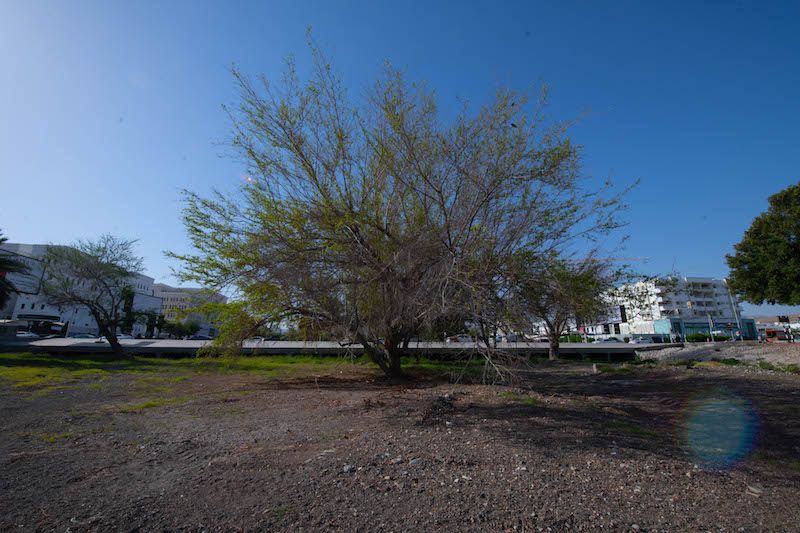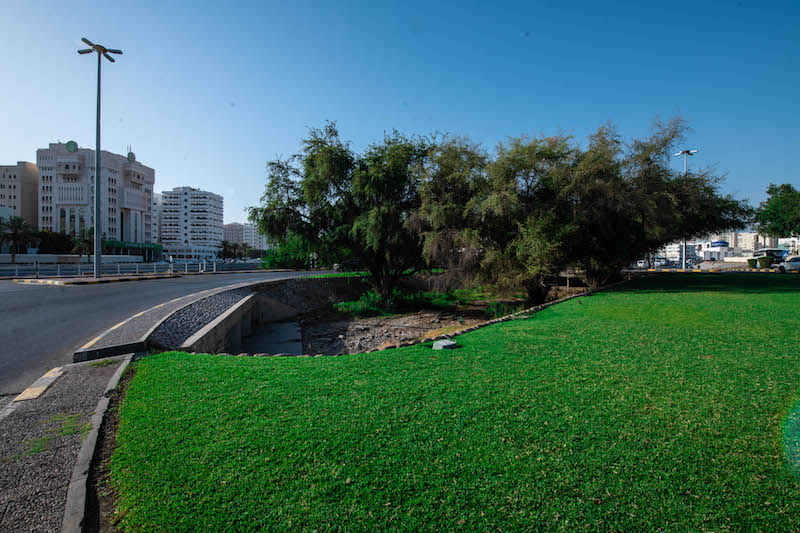
Some wadis in Muscat are adorned with leafy boughs that serve many environment purposes
Look around the wadis that form a network across the length and breadth of the capital to take rain water to the Arabian Sea, one can find these home to a variety of entities – from elevated drain sumps and oases for driving instructors to camp as students practice ‘drum tests’, to feeding locales for pigeons and cricket pitches for weekend revelry.
The most fascinating aspect of some sections of these wadis in the capital, however, is the presence of trees/shrubs which make them come alive in green splendour and offer a pleasing sight for pedestrians as well as motorists. After all, the magic of leafy boughs, that invite birds, bees, and butterflies, is more welcome than the rugged stretches of sand and gravel.

According to a popular Indian botanist in Muscat, Dr Zulfikar Ali, who has been studying as well as imparting education on horticulture and environment issues, there are many numerous indigenous plants, shrubs and trees found in and around many wadis which should not be removed from wadis as they have deep fibrous roots and serve many purposes like binding soil, preventing soil erosion, providing sweet smelling flowers and good quality nectar, as well as serving as food for gulf-dominant animals.
Some of the popular shrubs include salt bush, bougainvillea, Barbados’ pride, Hibiscus rosa-sinensis, while trees include Indian almond, tulip tree, thorn tree, Ghaf, rain trees which are salt and drought resistant. These trees spread their pods with winds and are easily cultivated to prevent soil erosion. Neem trees are also very popular as they stay green and fresh all through the year and can be grown where nothing else can be grown.
There are other varieties like Tamarix aphylla which are salt, wind and drought resistant, zizyphus spina-christi, that is native to the gulf and seen lining most wadis, and Manila tamarind which needs minimal water to grow.
“All the trees mentioned are indigenous trees, except Neem, and should never be removed as, besides preventing soil erosion, they also help the economy,” Dr Ali said, explaining that most of the flower bearing indigenous trees provide good quality nectar which is used for the production of honey – like prosopis honey, sumor honey – which facilitate production of world renowned honey in the gulf.”

Popular plants
Sun plantations
Trailing Gazania
Bacopa
Shrubs
Salt bush
Bougainvillea
Caesal Pimia (Barbados’ pride)
Hibiscus rosa-sinensis
Trees
Prosopis Juliflora
Prosopis cineraria (Ghaf)
Thespesia (Tulip tree)
Albizia lebbek (Rain tree)
Azadiracta indica (Neem tree)
Tamarix aphylla (Athel)
Pithecellobium dulce (Manila tamarind)
Zizyphus spina-christi (Christ thorn tree)

© 2021 Apex Press and Publishing. All Rights Reserved. Powered by Mesdac